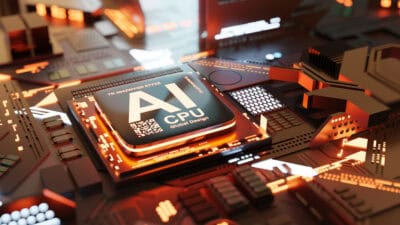That’s right; shares of mega-giant Nvidia (NASDAQ:NVDA) are due for a stock split. The company will be underling a 10-for-1 stock split come June 7, but that doesn’t necessarily mean you should dive in ahead of time. Or even after. So, let’s look at the factors that could weigh on the decision of investors.
The details
First, let’s get into what’s going on exactly. Nvidia stock is planning a 10-for-1 stock split. This means for every share held as of June 6, 2024, investors will receive nine additional shares, with the new shares distributed on June 7, 2024. Trading on a split-adjusted basis will begin on June 10, 2024. The split aims to make Nvidia’s shares more accessible by reducing the price per share.
This lower share price post-split often attracts more retail investors who perceive the stock as more affordable. This can increase demand and potentially drive the stock price higher. Plus, historical data suggests that stocks often perform well after a split due to increased interest, though this is not guaranteed.
In this case, it could be likely. Nvidia stock has shown impressive growth, with a significant increase in revenue and earnings, particularly in the artificial intelligence (AI) and data centre sectors. Analysts are bullish on Nvidia’s future prospects, projecting substantial earnings growth compared to broader market indices.
What’s more, the stock split could make Nvidia eligible for inclusion in the Dow Jones Industrial Average, which is price-weighted and has historically excluded high-priced stocks. Inclusion in the Dow could increase visibility and attract more investors.
When to buy
So, you’re an investor considering an investment in Nvidia stock. Is it better to buy now or after? Investors buying before the split could benefit from the stock’s current momentum. Nvidia stock has been climbing and might continue to do so leading up to the split. Owning shares before the record date ensures receiving the additional shares, which might provide a psychological boost in perceived value.
However, waiting until after the split might provide an opportunity to buy at a lower price per share, potentially attracting more retail investors and driving further demand. However, there is a risk that the stock price could rise significantly before the split, making it more expensive overall even if the per-share price is lower post-split.
Then there’s not buying at all! Some investors might choose to wait and see how the market reacts post-split. If Nvidia’s stock does experience a “sell-the-news” event or broader market conditions change, there could be a better entry point later.
Bottom line
When it comes to any investment, Nvidia stock needs to fit into your own risk tolerance and overall portfolio goals. Given Nvidia’s strong performance, bullish analyst forecasts, and the positive historical trend for stocks post-split, buying Nvidia stock before the split appears to be a smart move. The company’s leading position in the AI and data centre markets, coupled with the potential psychological and market effects of the split, suggest continued growth.
However, investors should consider their risk tolerance and investment horizon, as short-term market fluctuations can occur. But if you’re hoping to invest in Nvidia stock at all, then investing before the split could be the right move for you.







